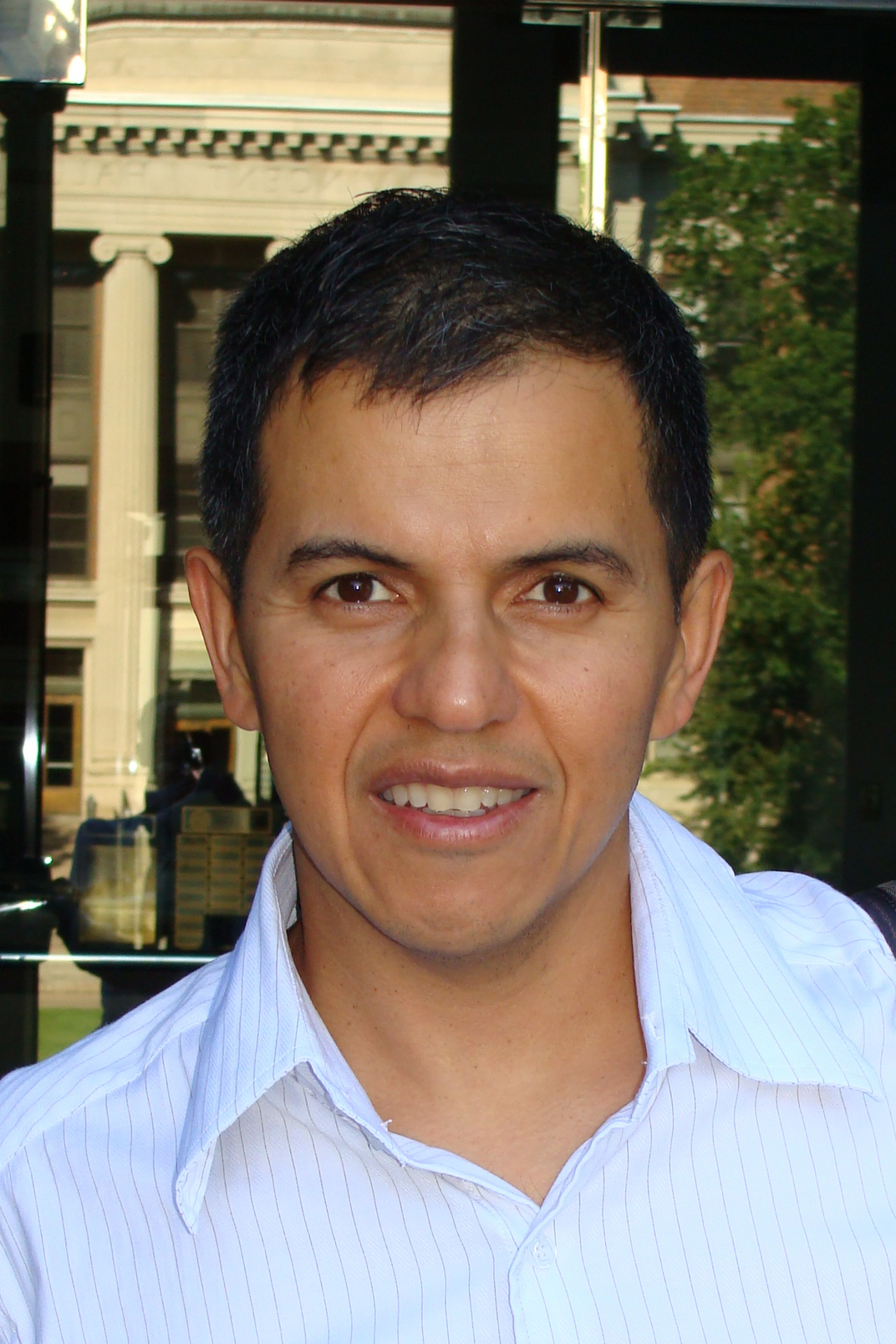

Main navigation | Main content
06/21/2013
Recent research from the research group of Professor
Professor Edgar Arriaga has received a university grant to purchase a mass cytometer to be housed in the Department of Chemistry's Mass Spectrometry Laboratory.
Arriaga's grant was one of 10 recently awarded through the Research Infrastructure Program by the University of Minnesota's Office of the Vice President for Research.
Mass cytometry is becoming widely used in biotechnology and biomedical research at leading institutions across the nation. Mass cytometry provides the ability to analyze complex sets of proteins or genes in mixtures of cells or in cells as they change status during maturation, differentiation or degradation. Because it can be done at extremely high speeds (1000 cells/second), it provides a tool to monitor specific protein dynamics and cell populations in many tissues. Currently there are 12 installed mass cytometers in the United States, and other institutions are in the process of acquiring similar capabilities.
Arriaga's co-investigator is Dr. Dan Kaufman from Hematology, Oncology and Transplantation in the Department of Medicine. Matching funds for the mass cytometer is provided the College of Science & Engineering, the Department of Chemistry, and the Medical School.
The Research Infrastructure Investment Program awards are a one-time investment in university research infrastructure designed to facilitate strong partnerships and interdisciplinary alliances at the University of Minnesota, especially between the health sciences and other disciplines.
The program, funded through the President's Office and administered by the Vice President for Research, provided an initial $3 million investment with a required one-to-one match from the supporting colleges or centers. A total of 10 awards were granted amounting to more than $6 million invested in projects that will have a positive impact on research in at least 9 colleges and 11 centers and institutes across the university.
